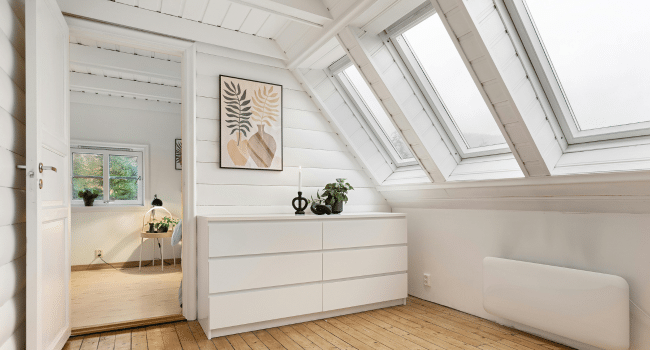Table of Contents
A lot of home owners would like to enhance the insulation of their homes without having to change their current windows. One of the ideas that can positively change the situation is interior storm windows, which are cheap, effective, and energy-efficient. They offer one more shield against drafts, can be used to control indoor temperatures, and even to minimise external noise. They are easier to install than most individuals would imagine and once you prepare a little, you are able to come up with a professional outlook at minimal cost.
Understanding Interior Storm Windows
Interior storm windows are attached to the interior of your current window frames. They are not exposed to the weather and therefore need less installation and maintenance as compared to the traditional exterior storm window. They operate by forming an air pocket between the storm window and the original glass that helps in insulating your home and hence avoiding wasting heat through heat escape during colder months. This sealed air is a buffer that cuts the amount of energy wasted and ensures your heating and cooling systems are efficient.
These windows may be made of many different materials e.g. acrylic, glass or polycarbonate, and can be framed in vinyl, aluminum or wood. Depending on your insulation requirements and aesthetic views, the most suitable interior decoration to your home is best. Other homeowners want the ability to have clear panels so that they can see a clear view of their surroundings but others opt to use tinted or low-emissivity coating to get a better control of the heat in their homes. By buying the products of reputable suppliers like the factory direct windows, then you are assured of durable products that are appropriate and can be used well after purchase.
Preparing for Installation
It is also worth measuring your existing window openings prior to the beginning of the installation. Measure the height and the width of all frames and measure at various points so as to be sure of accuracy. There are instances when windows are not even particularly in older houses, therefore taking the smallest of measurements will assist in creating a tight fit. It is also important that the window frames be cleaned well before the installation so that the storm windows would fit well and be flat to the frame. The seal may be interfered by dust, flakes of paint, or old caulking and the insulating effect diminished.
After cleaning and drying the area, examine your existing windows and see whether there are any damages. Before you go, leaky trim, loose and cracked glass, or crumbling caulk should be fixed. These problems can be resolved in advance, and the new storm windows will work much better. It will be a better, more efficient process when you get prepared in terms of having your tools and materials, such as a measuring tape, screwdriver, mounting clips, and weatherstripping.
Installing the Storm Windows
Begin by fixing the inside storm window in the frame to ensure that it fits well. The fit is not to be tight so that it will need to be pulled. There are a lot of interior storm windows, the compression seals or magnetic strips keep the interior storm windows in place. In case your model is being used with clips, then you should even up the window and draw the position where the clips are going to be placed and then glue them to the frame. After securing, make sure that the window lies flat and even on all sides so as to make the window airtight.
Once the storm window is closed, check the perimeter and check whether there are any holes where the air can flow out. To further increase the insulation, a thin sheet of weatherstripping or crystal clear sealant can also be added. There are those homeowners who favor removable designs such that they may remove the panels when it gets hot outside and leave the panels there permanently to reduce sound and save on energy. The final product must appear smooth, no holes and dark lines.
Maintaining the Storm Windows
Correct installation can be used to maintain the life and performance of your interior storm windows. Always wipe down the panels using a soft cloth and a clean meaning detergent to avoid dust accumulation that can result in reduced performance and clarity. Harsh chemicals or hard pads should be avoided because they may scratch or cloud the surface of acrylic and glass. Check the seals at least once a year, so that they would be tight and without cracks or peeling.
In changing the panels as they are being cleaned or changed with season, make sure that they are not bent or damaged to the frames. Only put them in a dry cool area when not in use. Interior storm windows can be used to last a number of years with proper care and will keep your home comfortable and energy saving. It can save you on heating bills, provide a quieter place to live in, and can give your home a makeover that adds value to your home by taking time to have them installed correctly.
